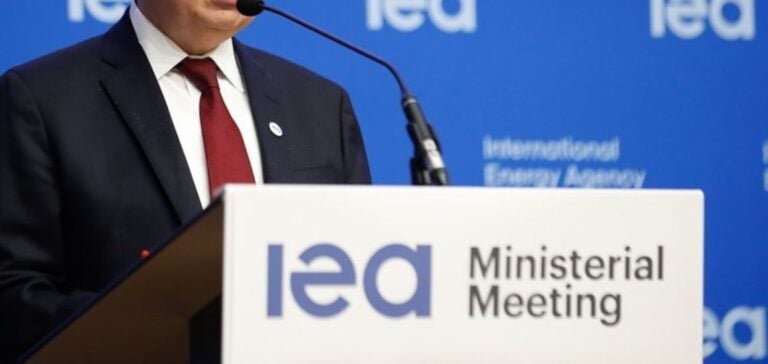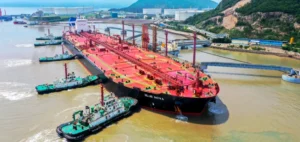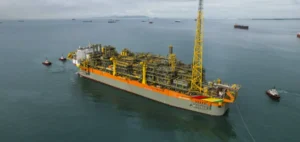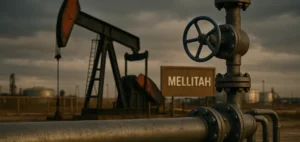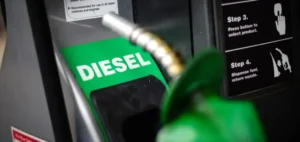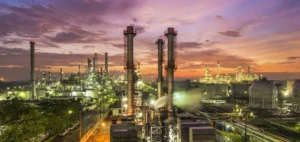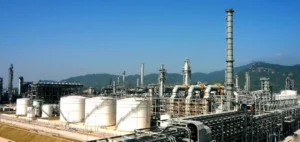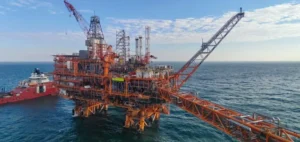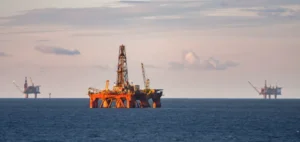Global oil demand is set to increase by less than one million barrels per day (bpd) this year and next, according to the latest report from the International Energy Agency (IEA). This forecast marks a significant slowdown, especially when compared with the high figures of previous years. China, which has been a major driver of global demand, is seeing its consumption contract due to domestic economic problems.
The IEA points out that global demand growth in the second quarter of this year was only 710,000 bpd year-on-year, recording the smallest quarterly increase in over a year. The agency forecasts that China’s share of global demand gains will decline from 70% last year to around 40% in 2024 and 2025.
Forecast divergence
The IEA forecasts contrast sharply with those of the Organization of the Petroleum Exporting Countries (OPEC), which predicts an increase in demand of 2.25 million bpd this year, with a significant share coming from China. This divergence is partly due to differing perspectives on the global transition to cleaner energy.
The IEA maintains a relatively low growth forecast of 970,000 bpd for this year, and has reduced its growth forecast for next year by 50,000 bpd to 980,000 bpd. On the other hand, OPEC remains optimistic, counting on a robust post-COVID economic recovery to support increased demand.
Impact of Electric Vehicles and Energy Efficiency
The IEA forecasts that oil demand will be held back by sluggish global economic growth, increased energy efficiency and the rise of electric vehicles. The combination of these factors should limit growth in demand this year and next.
At the same time, global oil supply is set to increase by 770,000 bpd this year, reaching a record level of 103 million bpd. This growth is set to more than double next year, to 1.8 million bpd, driven mainly by the USA, Canada, Guyana and Brazil.
Outlook for OPEC+
Despite generally sluggish demand, the IEA predicts that demand for oil from the OPEC+ producer group will far exceed its current output, suggesting that the bloc could increase its production levels. The agency estimates that OPEC+ oil demand will reach 42.2 million bpd in Q3 2024 and 41.8 million bpd in Q4 2024, around 800,000 bpd and 400,000 bpd more than its June production respectively.
However, with increased production outside the bloc, OPEC+ oil demand is set to fall to 41.1 million bpd next year.
In conclusion, growth in global oil demand seems to be easing, influenced by lower Chinese consumption and progress in energy efficiency. The divergent forecasts between the IEA and OPEC reflect the uncertainties surrounding the global energy transition and post-pandemic economic dynamics.


